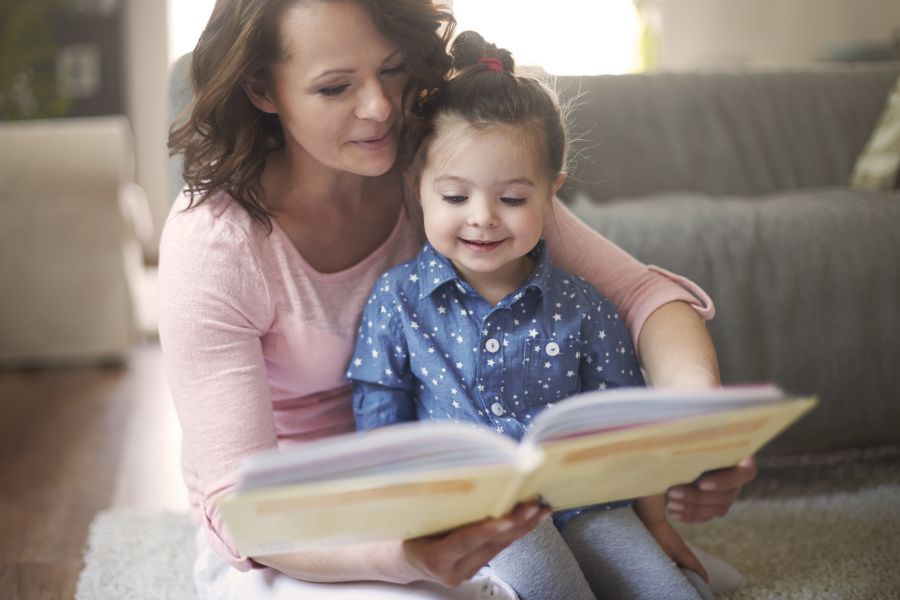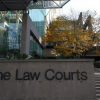Even before my son was born, friends suggested that I look into starting an RESP for him, but I didn’t know any details.
To get some answers, I chatted with Kabi Namazgaliyev, Financial Advisor at Valley First Credit Union to get a crash course on Canada’s RESP.

What is an RESP?
“The Registered Education Savings Plan (RESP) is a valuable program designed to encourage diligent and consistent savings in order to pay for a student’s post-secondary education,” says Namazgaliyev.
“Money in a RESP can be used to help pay for part-time or full-time studies in an apprenticeship program, or at a CEGEP, trade school, college, or university.”

When is the ideal time to open an RESP account?
Namazgaliyev recommends opening an account early. “It allows more time for funds to grow over time in the market,” he says.
You can open an RESP account when your child is a newborn, once he or she has a SIN number and a birth certificate.

What are the benefits of an RESP?
One of the reasons why this type of an account is better than a regular investment account is because you pay less taxes since there is no tax on the investment income as long as it remains in the RESP plan.
“This allows the investments to grow more quickly as the growth is not eroded by taxes,” says Namazgaliyev. “Though there are taxes due on a portion of withdrawals, they are generally lightly taxed as they are considered income for the student.”
Another bonus of utilizing an RESP account is that the government will match contributions, increasing its value. In general, the government will match 20% of all contributions made to the plan, up to a maximum of $500 per year, per child.
Lower income families may even be eligible for a higher contribution.

What if your child doesn’t end up attending post-secondary education?
“RESPs are flexible — even if education is off the table,” says Namazgaliyev. “The important thing is to do your research and understand the rules.”
When you close an RESP account without using it for your child’s education, be prepared to pay taxes on the money you earned from your investments.
However, if you have more than one child, make sure you set up RESP family plans for children with siblings. Your children can use each other’s contributions if one decides not to pursue a post-secondary education.
You also have the option to transfer the RESP to an RRSP.
“Instead of closing the account and taking the tax hit on the money you earned in your plan as interest, you can transfer up to $50,000 of your contributions to a registered retirement savings plan (RRSP),” suggests Namazgaliyev.
“There are tax rules surrounding this transfer, so you would want to chat with your financial advisor to make sure you have sufficient RRSP contribution room.”
















